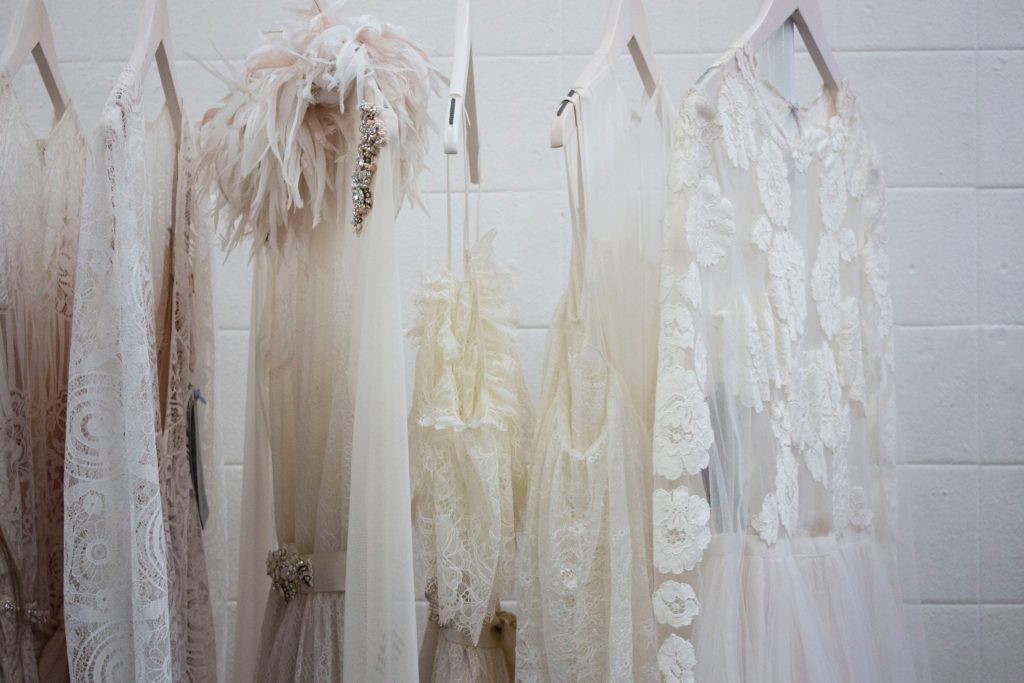The Evolution of Off-Price Fashion Trading in Europe
05 March 2022

05 March 2022

Off-price fashion was born as a compromise between the suppliers’ and buyers’ demands. On the one hand, shoppers demand lower prices and ask for higher quality. On the other hand, clothing producers and retailers need channels for clearing out their excess inventory (overproduced, unsold or returned goods).
This is especially true for the e-commerce sellers, since they normally have to deal with 20% of returns. As a result, more and more mono-label outlet stores and multi-brand off-price concept stores appear where people go “treasure hunting” – searching for the desired brand at the lowest price.
Bain &Company estimates that off-price sales have grown globally by 85% over the past 5 years.
Let’s see how the off-price fashion sector emerged in Europe and what it is experiencing at the moment.
Off-Price Fashion Trading in Europe
Europe is a comparatively unexplored place for off-price retailers. It is still far from being a whole sector of the economy like in the US, where 2/3 shoppers buy clothes from off-price stores like T.J. Maxx.
However, the Old Continent is gradually catching up. From 2003 to 2017, the number of off-price fashion stores in Europe has doubled. Fashion department stores, e-commerce and flash sales sites such as YOOX, Zalando, ASOS, Showroomprive, Privalia, Primark, Sports Direct, TK Maxx and others have been showing very fast growth, in the recent years. They are thus starting to take away a significant market share from mass-market brands like H&M or Zara.
The current state of the European off-price fashion market can be characterized by the following features:
1) clothes producers and retailers tend to offer moderate volumes of clothes, thus expecting to have
smaller excess inventory;
2) they have a diverse, fragmented network of speciality stores and resellers;
3) the segment is associated with “sales” rather than with “off-price”, which is perceived by the European consumers as something more high-end and prestigious.
Luxury Companies Are Facing a Tough Choice
Luxury companies have long been facing a dilemma: clear away more goods and have reputational damage or keep the inventory and the image of exclusivity.
A recent McKinsey report showed that nearly 25% of the global luxury brands want to maintain their brand exclusivity at all costs, and thus are not willing to offer big discounts. They are also very cautious when it comes to selecting resellers and distributors, especially if those operate in the off-price sector. Luxury icons such as Louis Vuitton stay very firm on preserving their full prices.
The good news for them is that luxury is the sector that survives any crisis and normally sees the quickest return of clients.
What to Expect in 2022?
The 2008 global recession hit hard the fashion industry forcing retailers to offer big discounts to clear out their inventory. As the economies started to recover, consumers meanwhile got used to lucrative prices and started buying less at full price. The covid-19 crisis has given the fashion industry a second strike. All European stores were forced to close for reasons of social distancing, and shoppers decided to focus on essentials like food, thus buying much fewer clothes. Moreover, fashion shows to present regular collections were cancelled, and months of quarantine meant that the spring season is almost over as well.
“Companies will turn to steep discounting to clear inventory for the rest of the year at a minimum, with a risk that ‘the contagion of deep discounting could spread as quickly as the disease’ throughout the industry, reminiscent of the discounting culture that took hold during the 2008 financial crisis and has dogged the industry ever since” – a recent report by McKinsey and Business of Fashion
Walter Roeb, a fashion expert, underlined that goods have lost at least 50% of their value since the covid-19 shutdown and may be even sold at 10% to clear out the inventory. If the demand is lower and everyone wants to sell the unsold items as soon as possible, this means a significant price drop in an attempt to earn at least some competitiveness. While direct manufacturers are facing these challenges, the off-price sector can experience a second birth.